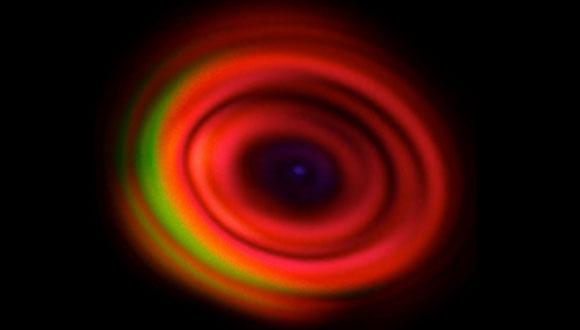LMI Seminar: Experiments in free space quantum key distribution
Prof. Ravindra Pratap Singh, Physical Research Laboratory, Navrangpura, Ahmedabad, INDIA
Abstract:
To provide unconditional security to the keys, and subsequently to the message, Quantum Key Distribution (QKD) comes to the rescue. QKD is one of the most ubiquitous applications of quantum mechanics in modern times. Though QKD provides unconditional security, its practical implementation deviates from the ideal one, affecting the security of key.
In this talk, we will discuss the techniques to improve the key rates for BB84 and BBM92 QKD protocol and methods to characterize implementation loopholes that make it vulnerable against the side channel attacks. For increasing the key rate using weak coherent laser pulses, we introduce a novel quantum key distribution protocol, called coincidence detection quantum key distribution protocol (CD Protocol). We show that the Poissonian nature of weak coherent pulses instead of posing a security risk can be used to achieve a secure key rate higher than the standard GLLP and decoy state QKD protocols.
Prepare and measure protocols such as BB84 consider the satellite as a trusted device, which is fraught with danger looking at the current trend for satellite based optical communication. Therefore, entanglement-based QKD (EB QKD) protocols must be preferred since, along with overcoming the distance limitation, one can take the satellite as an untrusted device. The most well-known EB QKD protocol is the E91 protocol, but the achieved key rate is less as maximum of the bits are sacrificed for measuring Bell parameter. This key rate can be increased without compromising the security provided by EB QKD, if one uses the BBM92 protocol with a pre-characterized relation between S and QBER. Thus, an estimate of QBER provides a simultaneous measurement of entanglement without sacrificing the bits used in proving the Bell’s inequality violation.
At the end, we will discuss the current international status of the field.
References:
[1] Sarika Mishra, et al., J. Optics 24, 074002 (2022).
[2] Ayan Biswas, et al., Optics Continuum 1.1, 68-79 (2022).
[3] Ayan Biswas, et al., IEEE J. of Quantum Electronics 57, 1-7 (2021).
[4] Ali Anwar et al., New J. of Physics 22, 113020 (2020).
[5] Ali Anwar, et al., J. Optical Society of America B 38, 2976-2983 (2021).


